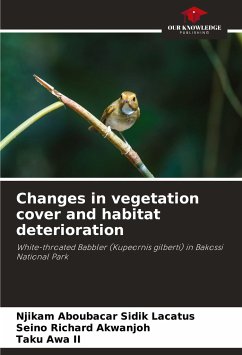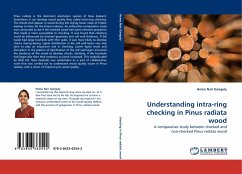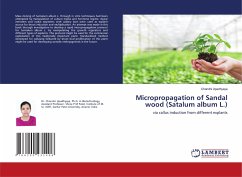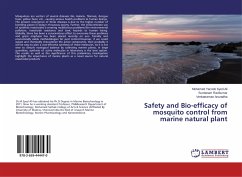
Wood Bio-Deterioration
Insects and Marine Organisms
Versandkostenfrei!
Versandfertig in 1-2 Wochen
26,99 €
inkl. MwSt.

PAYBACK Punkte
13 °P sammeln!
Timbers are subjected to rapid deterioration by variety of organisms. The wood in living trees and also in used products would start to decay and decompose with the attack of organisms which is termed as the biodegradation of wood. The bio degradation is supposed to be one of the major challenges to incur the heavy economic loss. Although wood degradation results in enormous wastes of resources, without wood degrading organisms our world would be buried under cellulose and lignin debris, as these organisms are among the few that efficiently recycle lignocellulosic carbon. So it is our job to f...
Timbers are subjected to rapid deterioration by variety of organisms. The wood in living trees and also in used products would start to decay and decompose with the attack of organisms which is termed as the biodegradation of wood. The bio degradation is supposed to be one of the major challenges to incur the heavy economic loss. Although wood degradation results in enormous wastes of resources, without wood degrading organisms our world would be buried under cellulose and lignin debris, as these organisms are among the few that efficiently recycle lignocellulosic carbon. So it is our job to find better control for their demerits and direct their mechanisms to desirable applications. This book discusses not only the mechanisms that insects and marine organisms use to destroy wood but also way to harness degradative process.












